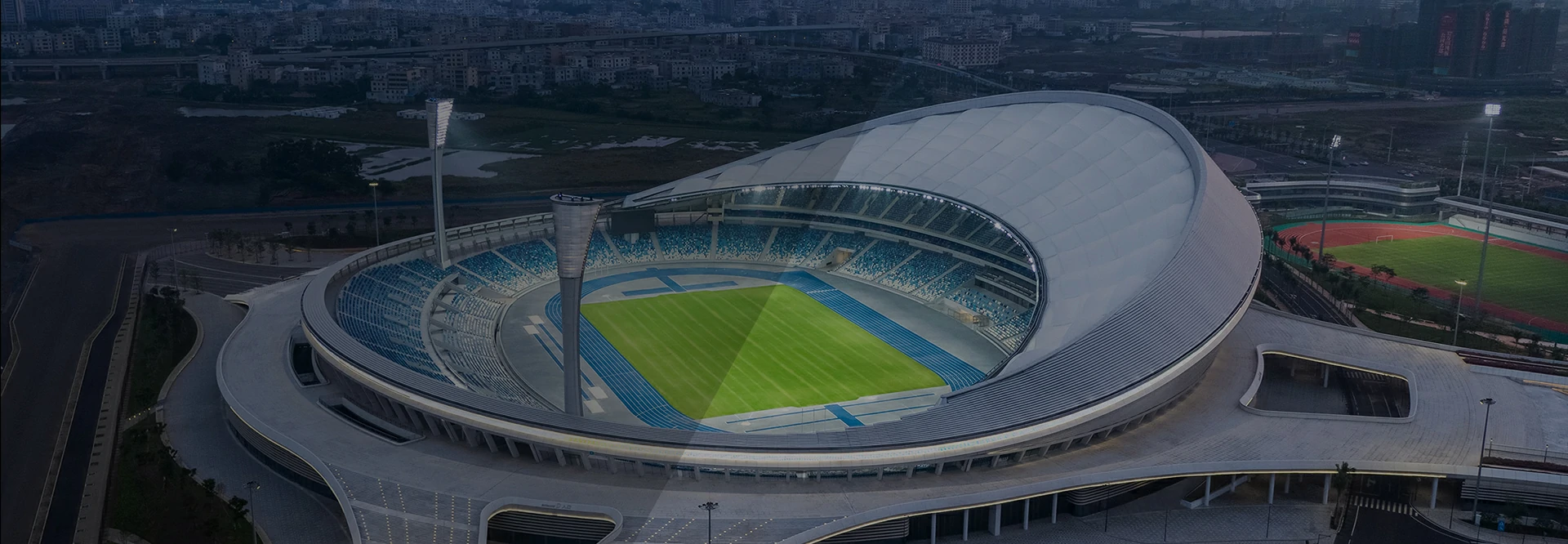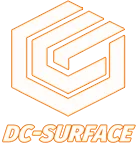
Sep 22, 2025
In global sports and public facility construction, permeable running tracks—defined by their integration of functionality, safety, and environmental sustainability—have emerged as internationally recognized mainstream solutions for sports surfaces. Their technical systems deeply align with core standards issued by authoritative bodies such as the International Association of Athletics Federations (IAAF), European Committee for Standardization (CEN), and American Society for Testing and Materials (ASTM). This article systematically explores the definition, technical principles, international certification requirements, and engineering practices of permeable running tracks, strictly referencing key international standards including the IAAF Athletics Field Facilities Manual 2023, EN 14877:2019, and ASTM F2157-21.
The international standard definition of a permeable running track (per IAAF and EN 14877:2019) is:
"A multi-layered synthetic surface composed of materials with interconnected voids (porosity ≥15%) or channels, enabling natural rainwater infiltration (permeability rate ≥5mm/h under simulated 50mm/h rainfall intensity) while meeting athletic requirements for elasticity, slip resistance, and durability."
This definition distinguishes permeable tracks from traditional "dense-type tracks" (porosity <5%, relying on surface drainage). International standards emphasize three core attributes:
International standards specify performance requirements for permeable running tracks through key indicators + test methods. Below is a comparison of core parameters (Table 1):
| Indicator Category | IAAF Standard (2023) | EN 14877:2019 | ASTM F2157-21 |
|---|---|---|---|
| Permeability | ≥5mm/h (simulated moderate rain) | ≥5mm/h (EN 29083-1 test) | ≥4.8mm/h (ASTM D2434 test) |
| Impact Absorption | ≥35% (20kg drop mass, 1m height) | ≥30% (EN 14808 test) | ≥35% (ASTM F355 test) |
| Vertical Deformation | ≥0.6mm (20kg drop mass, 1m height) | ≥0.5mm (EN 14808 test) | ≥0.6mm (ASTM F355 test) |
| Slip Resistance (Wet) | ≥0.5 (pendulum method) | ≥0.4 (EN 13036-4 test) | ≥0.5 (ASTM E303 test) |
| VOC Emissions | ≤5g/L (adhesive) | ≤5g/L (EN 16516 test) | ≤10g/L (ASTM D3960 test) |
| Heavy Metal Leaching | Lead ≤90mg/kg, Cadmium ≤10mg/kg | Lead ≤500mg/kg, Cadmium ≤100mg/kg | Lead ≤100mg/kg, Cadmium ≤75mg/kg |
Note: IAAF standards (global athletics governance) are mandatory for professional venues; EN standards (EU) focus on public facility safety and sustainability; ASTM standards (US) are widely applied in schools and communities. While numerical values vary, all share a common goal: quantifying safety, performance, and environmental responsibility.
The construction of permeable running tracks must adhere to international standards for material selection, layered structure, and construction processes. A typical technically compliant solution is outlined below:
International standards mandate "low-hazard, high-stability" materials for permeable tracks:
A standard permeable running track comprises three layers—"base layer + elastic layer + surface layer"—with thickness and functionality strictly matching international requirements (Figure 1):
| Layer | Thickness Range | Material Composition | International Standard Requirements |
|---|---|---|---|
| Base Layer | 15–30cm | Graded crushed stone (5–30mm) + concrete | Compaction ≥95% (EN 13286-49); permeability ≥10mm/h (EN 29083-1); bearing capacity ≥200kPa (CBR ≥5%) |
| Elastic Layer | 8–12mm | Solvent-free PU adhesive (solid content ≥95%) + EPDM particles | Porosity 20%–30% (ASTM D2873); bond strength ≥2.5MPa (EN 14833-5 pull-off test) |
| Surface Layer | 2–3mm | Breathable PU coating | Microporous structure (pore size 0.1–0.5mm, SEM observation); slip resistance ≥0.5 (wet, ASTM E303); abrasion resistance ≤30mg (ASTM D4060) |
The IAAF Athletics Field Facilities Manual 2023(Section 5.2) mandates "process control + critical node verification" for permeable track construction. Key steps include:
To ensure compliance with international standards, projects must undergo third-party full-process certification, including:
International standards continue to evolve with technological advancements. Key future directions for permeable running tracks include:
The international standards framework for permeable running tracks represents a scientific balance of "athletic safety, environmental sustainability, and lifecycle cost-effectiveness." From material selection to construction acceptance, and from functional metrics to environmental constraints, these standards provide a universal "technical language" for planning, building, and operating permeable tracks globally. As technology and international standards co-evolve, permeable running tracks will transcend their role as sports surfaces, emerging as critical "green infrastructure" linking human health, urban ecology, and sustainable development.

 Tel:+86 1375 1210 938
Tel:+86 1375 1210 938 Whatsapp:+86 1375 1210 938
Whatsapp:+86 1375 1210 938 Telegram:+86 1375 1210 938
Telegram:+86 1375 1210 938 E-mail: ceo@dc-surface.com
E-mail: ceo@dc-surface.com Add:No:332 Dalang Town Dongguan City China 523000
Add:No:332 Dalang Town Dongguan City China 523000